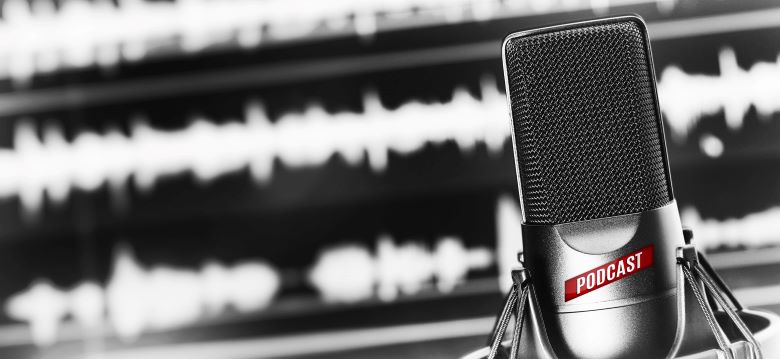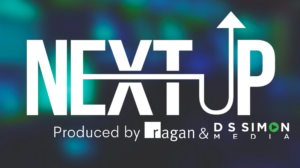How companies can create a remote podcast
Don’t let COVID-19 restrictions prevent you from keeping employees engaged, informed and entertained. Follow this guidance to get your program up and running with minimal tools.

During the current COVID-19 crisis, corporate podcasters might not have access to well-equipped sound studios. Luckily, it’s pretty easy for distributed teams to set up remote podcasts from their home offices.
Let’s look at the tools available for both the recording and production of remote podcasts.
Recording remotely
Tools such as Zencastr are inexpensive and allow for recording remote interviews for private podcasts. With this platform, staffers can simply send a URL link to connect with their guests and record a separate audio track per guest. Once they are finished, their recordings can be delivered automatically to their Dropbox or Google Drive account for easy editing and sharing.
For a solo-cast podcast episode, recording content can be as easy as speaking into the “voice memos” app on the user’s iPhone.
As for where to record, pick a quiet space and minimize flat walls as much as possible to reduce echo. However, depending on editing capabilities, audio can always be edited post-production. Curtains, carpet and soft furnishings can also improve the audio.
Producing remotely
It’s also possible to produce private podcast content easily from the safety of your own abode. If an iPhone has been used for recording, you can just give the audio file a name and save it. The user is now able to trim the audio file directly on his or her iPhone by clicking the “more” feature on the bottom left of the recording. This feature looks like three horizontal dots. You can also share the file via email and edit it on alternative software.
Audio editing software options include Audacity, Apple GarageBand and Adobe Audition. These tools vary in terms of cost and functionality.
For anyone experiencing cabin fever at home, learning a new skill and getting comfortable with one of these tools is a fantastic way to pass the time. Editing software allows users to play with a number of post production settings for compressing or removing hiss from their voice. It’s also possible to easily import music for bumpers and episode introductions.
For teams looking for a simple fix, companies such as Resonate Recordings offer podcast audio editing, mixing, mastering and more. The only thing that needs to be done is to send in the audio files online and pay to receive the edited episode a few days later.
Finally, it goes without saying that while corporate podcasts can be recorded and produced remotely, companies will still need a professional distribution channel that allows for the content to be consumed in a secure and user-friendly manner.
Neil Garrett is VP of Marketing with uStudio.






